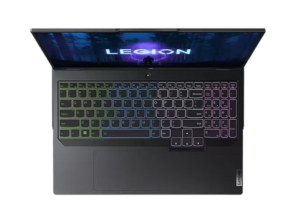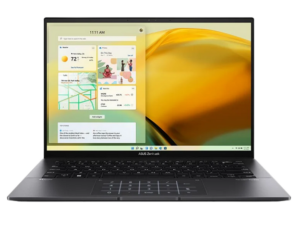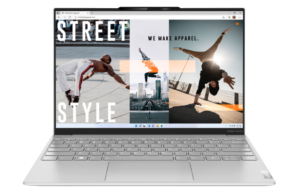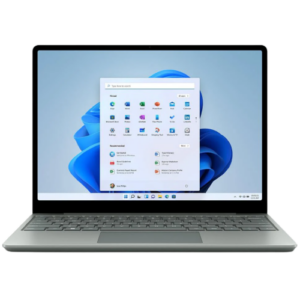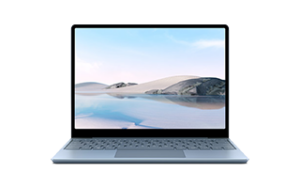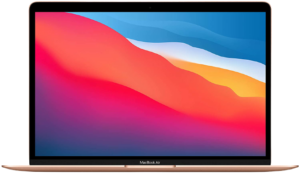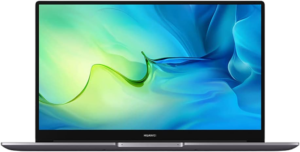You don't have to be a pro to appreciate what this gaming laptop gets right.
The Lenovo Legion Pro 5i is the gaming laptop I wish I’d bought
Back in 2022, I bought my first gaming laptop in over a decade. I've had a solid few months with it, and during that time, very few complaints. It fills the niche in my life that I needed it to and it runs the games I want to play very well.
Despite that, it didn't long before the Lenovo Legion Pro 5i ruined that and gave me a bad case of buyer's remorse. I've reviewed a lot of gaming laptops over the years and I can honestly say that if there ever was a gaming laptop that lived up to the costly asking price, it might be this one.
I don't know if I could have justified the higher-price tag here, but the Legion Pro 5i is probably the laptop I wish I'd bought regardless.
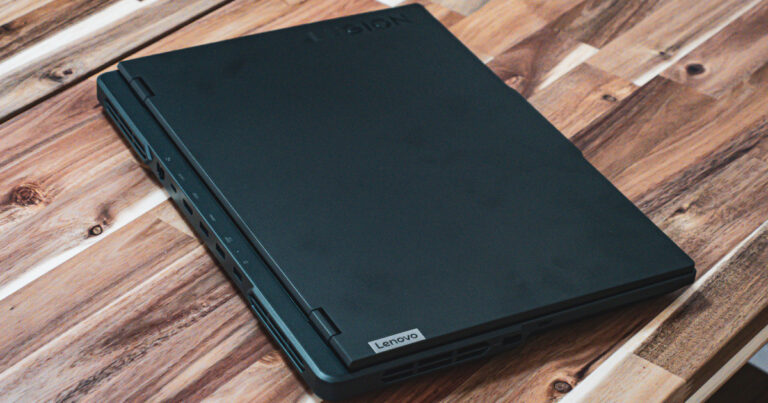
How much does Lenovo Legion Pro 5i cost in Australia?
The Lenovo Legion Pro 5i (Gen 8) in Australia starts at $3499 for the base model. A higher-end model with better specs starts at $3899. That's fairly expensive as far as laptops go, but it's not a huge deviation from what a gaming one with these specs or from this brand will usually cost.
If you're looking to get thrifty with it and lock in the best bargain Australia's retailers offer when it comes to the Lenovo Legion Pro 5i, check out the table below.
Before you make a decision, be sure to read our recommendation for the specs.
Lenovo Legion Pro 5i - Design and features
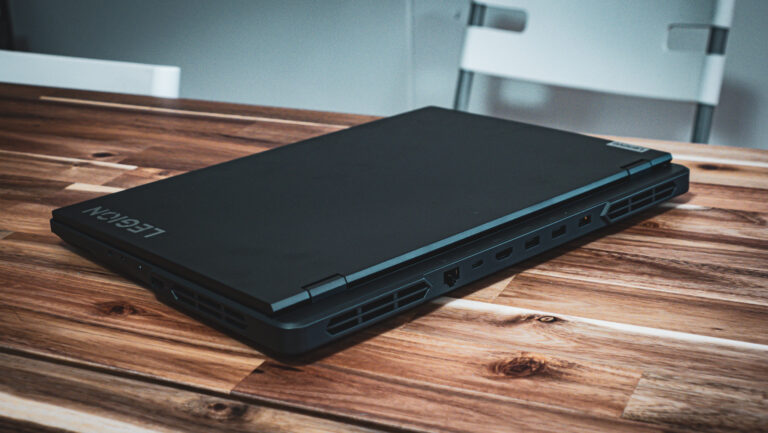
The Lenovo Legion Pro 5i is less attached to LED-laden aesthetics than some of its competition, but it still looks like a gaming laptop in many of the same old ways. If you're looking for the touchstones of modern gaming laptops, you'll likely recognise them here. All the old favourites are present, from the backlit keyboard to the matte black finish.
However, say you're someone who has spent a lot of time looking at gaming laptops. In that situation, a different set of details stand out and tell a different story. To the trained eye, the Lenovo Legion Pro 5i doesn't just look like another gaming laptop. It looks like one that doesn't just stick to the formula but elevates it.
The 16-inch display on the Legion Pro 5i sits at the heart of things. It's got slick bezels, WQXGA resolution, a 240Hz refresh rate and support for Dolby Vision HDR. It's not OLED, but that's pretty much the only display spec you're missing out on here. This IPS canvas here also comes with 100% sRGB coverage, Pantone factory colour calibration and an anti-glare coating.
In action, I found that the screen on the Legion Pro 5i was both nice and big enough that I often preferred it to my usual desktop monitor. Your individual mileage may vary on that specific front, but safe to say that the display on Lenovo's latest is primed to not just deliver a level of visual fidelity that feels within spitting distance of the categories' highest benchmarks.
While most modern laptops boast screens with a response time of less than a second, the exact speed can matter to those who play fast-paced online games as it allows them to react to on-screen events slightly faster. All things considered, this is a relatively minor specification, but it is worth noting as a potential point of difference between models.
The refresh rate measures the speed at which a screen is refreshed per second. Although different to the response time, the value of this specification is somewhat similar. A screen with a higher refresh rate will offer smoother scrolling and animation.
Rather than take a swing at reinventing the wheel, it feels like Lenovo have looked at how people actually use gaming machines like the Legion Pro 5i and tweaked the equation accordingly. The sides of the gaming machine are set up with two USB Type-A ports, one USB-type C port, a privacy shutter and a headphone jack. In other words, the kinds of inputs and toggles you might need access to every day or on short notice.
The rest of the retinue here is hidden on the back side of the machine, neatly wedged next to a host of heat vents. There's another USB Type-C port, another two USB Type-A ports, a single HDMI output and a lone Ethernet jack. Simply put, there's a logic to the layout here that works to elevate an already-generous spread of ports.
Unfortunately, the same kind of thought isn't really found on a few of the other features in the mix. For instance, the webcam built into the Legion Pro 5i is a bit disappointing. It works as advertised, but it's not really good enough that I'd want to stream with it. It doesn't even support Windows Hello facial recognition, which is almost a decade old at this point.
The built-in speakers are similarly functionality-first in execution. They sound loud enough to help cover the noise made by the fans inside the Legion Pro 5i but rarely exceed that remit. Simply put, it just doesn't feel like these aspects of the Legion Pro 5i have gotten the same level of attention as the most essential parts of the form factor.
Graphics: While the baseline comes with an Nvidia GeForce RTX 4060, more expensive models upgrade that to an RTX 4070.
Storage: The baseline comes with 1TB. This can be upgraded.
Memory: The baseline comes with 16GB. This can be upgraded to 32GB.
Weight-wise, the Lenovo Legion Pro 5i walks a delicate line with impressive grace. It is heavy, but it doesn't ever feel bulky. At 2.49kgs, it's not as lightweight as the latest MacBook and it's got a fair amount of heft when held in your hands.
Nevertheless, this isn't one of those gaming laptops that pays lip service to the idea of on-the-go gaming and nothing else. The Lenovo Legion Pro 5i is as close to a genuinely mobile gaming machine as I've ever seen. It is light enough that you could carry it around with you every day and use it on the go if you wanted to.
If you buy a brand new version of this product, the box will include the following:
- The Lenovo Legion Pro 5i laptop
- Power brick and AC adapter
Lenovo Legion Pro 5i - Performance and battery life
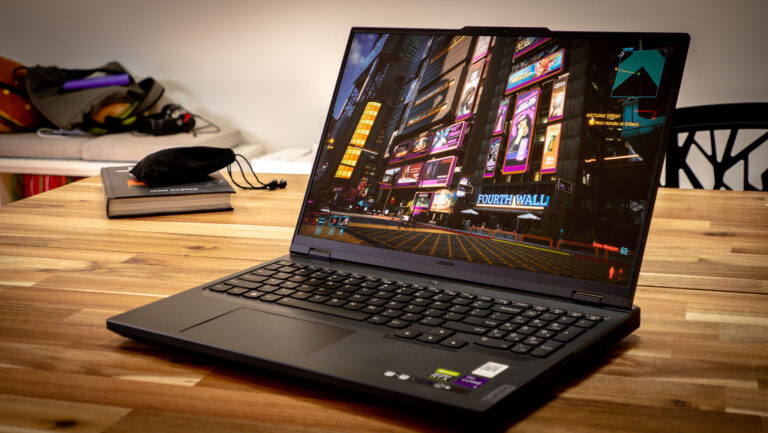
Under the hood, the base version of the Lenovo Legion Pro 5i is kitted out with Intel's Core i7 13700HK processor, 16GB of DDR5 RAM, 1 TB of M.2 SSD storage and an Nvidia GeForce RTX 4060. The more expensive model ups the ante to 32GB of RAM, 2TB of storage and an RTX 4070.
There's also an 80Wh battery, which is fairly close to the legal limit for laptops that you can take on a plane (though not as close as some). While some specs for this particular gaming laptop lean closer to our Enthusiast designation, the model we reviewed was firmly in Extreme territory.
Essential processors should be able to handle the basics: email, social media and some light web browsing. Gaming or more advanced tasks like image and video editing are likely off the table.
Everyday processors should be able to confidently meet basic performance requirements for most people. Email, social media and web browsing shouldn’t be a hassle, and while they aren’t able to handle graphically-demanding AAA releases, they should be able to run some indie or casual games.
Enthusiast processors should be able to easily exceed the minimum requirements of most users and be powerful enough to handle some AAA gaming, though not at the highest fidelity.
Extreme processors should be able to do anything you can think of. Games should run at high frame rates on the highest possible settings, and multitasking shouldn’t be limited in any significant way.
Benchmarks rarely tell the whole story but our testing saw the Lenovo Legion 5i Pro come out with the highest scores we have seen over the last twelve months across every single front. From Total War: Warhammer 3 to Shadow of the Tomb Raider, every game we threw at the laptop ran smoothly and more or less without issues.
However, there is a pretty big caveat that has to be added to this high-end performance. It's utterly contingent on you leaving the Legion Pro 5i plugged in. If you aren't connected to the power supply, you'll see a significant drop in frames per second and overall performance. You'll also be forced to confront the limits of the 80Wh battery inside the Legion Pro 5i.
By most metrics, the battery life of the Lenovo Legion Pro 5i is not great. It took just 3 hours and 20 minutes of video streaming to run the battery in the Legion Pro 5i down from 100% to zero and its track record for on-the-go gaming isn't much better. For comparison, it took just 47 minutes of Cyberpunk 2077 for the laptop to empty an entire charge while Age of Darkness: Final Stand lasted roughly 1 hour and 5 minutes.
There are few things more annoying than buying a brand new laptop and discovering it has a bunch of annoying bloatware installed out of the box. Here's what the software situation for the Lenovo Legion Pro 5i looks like once you've set it up for the first time.
- Dolby Vision
- Legion Arena
- Lenovo Hotkeys
- Lenovo Voice
- Lenovo Welcome
- McAfee
- Messenger
- Nahimic
- Nahimic Companion
- Spotify
- Tobii Experience
- X-Rite Color Assistant
Is the Lenovo Legion Pro 5i worth buying?
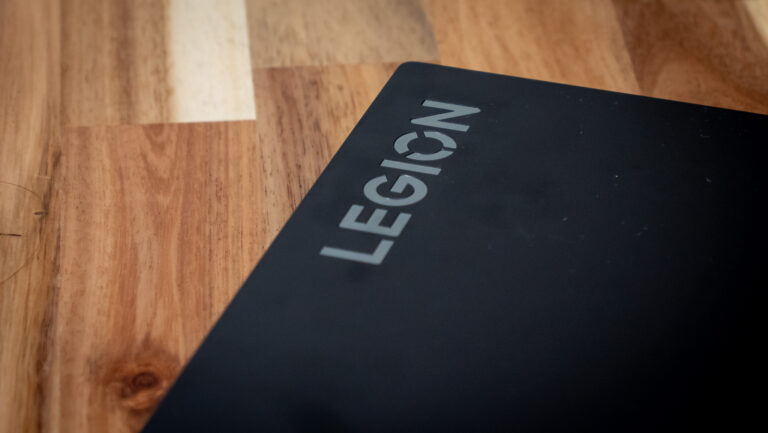
The Lenovo Legion Pro 5i isn't perfect and it is expensive. All the same, the aspects where I could find fault with it stand out like a sore thumb because the rest of the machine gets right that it's easy to forgive than it might be otherwise. It's the definition of a product that's more than the sum of its parts.
The Lenovo Legion Pro 5i is built to be better, combining striking design with top-notch performance to great effect. This is one of the rare few gaming laptops that lives up to the asking price that comes with the high-end hardware and then some.
How we review laptops
Whether you're looking at a mainstream computer brand like Dell or a dedicated gaming brand like MSI, there's an immense number of decisions you'll need to make when purchasing a laptop. If you're not sure where to start, here are a few important features to consider when shopping for your next laptop:
- Screen size and type: Unlike upgradeable components like your GPU, RAM and storage, you're stuck with the display you buy when you purchase a laptop. Is it a comfortable size? Does it offer a wide-viewing angle?
- Resolution: Similarly, you can't change your display's resolution after the fact. 1080p (Full HD) is the bare minimum these days and most laptops worth their price tag aim for 1440p at least (QHD or QuadHD) but you can also opt for 4K if you're willing to spend a little extra.
- Refresh rate: A screen's refresh rate is the measurement of how frequently it changes. If you play fast-paced multiplayer games like Call of Duty, you know that the difference a few milliseconds that a high refresh rate gets you can count for a lot. The higher the refresh rate, the better. Most conventional laptops offer 60Hz to 90Hz but fancier gaming laptops can offer 144Hz, 165Hz or even 240Hz screens.
- Ports and connections: Like your screen, ports will impact your everyday experience with a laptop, particularly if you use it for work. While you can work around this with USB hubs and adapters, a laptop with fewer ports than you need can quickly become a headache.
- Future-proofing: There are no hard and fast rules here but as a general suggestion, you'll want to sure you're laptop has the legs to survive a few years of technology improvements in any way you can. You can overshoot on your desired specs, spending more on a machine that's more powerful than you currently need, or opt for a model or brand that has support for upgrades down the track. Check which features of the machine are upgradeable. The Dell XPS 15, for example, supports additional RAM, while Apple MacBooks do not.
Check out our dedicated laptop buying guide for more suggestions on shopping for the best laptop for your needs.
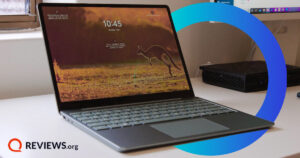
How we review laptops
Here are the big things we consider when reviewing laptops.
Lenovo Legion Pro 5i FAQ
16GB is a good place to start when it comes to RAM, but it's not necessarily going to be the end of the road if your needs are more demanding. It's enough to get by, but it might not be enough for the future or for more performance-oriented users.
If your next laptop doesn't support upgrading your RAM later down the line, it's usually smart to overshoot and aim for 32GB of RAM instead.
Not all RAM is born equal. Size isn't everything. Speed also matters.
If you're looking to find out just how fast the RAM in your laptop is, the quickest way to do so is to identify the type of memory and then Google the standard expected speeds that it should offer. For example, LPDDR5 offers speeds of up to 6400Mbps while DDR4 memory can only rev up to 3200Mbps.
If you want to go one step further and determine whether the RAM in your laptop is delivering the speeds it should be capable of offering, then it might be worth putting the hardware to the test with a benchmarking tool like Novabench.
It's easy to spend too much or too little on your next laptop, but our take is that the best value laptops tend to sit between $1600 and $2200 in terms of price. PCs that occupy this price-point might not be able to outperform more expensive alternatives, but the bump up in quality over cheaper ones is well worth the cost involved.
Simply put, laptops of this price segment tend to sidestep all the compromises of going cheaper while getting most of the performance you'll get from spending more.
These days, there are three types of Intel Core processors found in laptops. The first is the humble Intel Core i5 processor, then there's the middle-of-the-range Intel Core i7 and the poweruser-oriented Intel Core i9.
If you're going purely by the numbers, the Intel Core i9 is going to provide the best results. However, it's also the most demanding in terms of thermal management. A laptop running an Intel Core i9 processor will be faster than one with an Intel Core i7 or Core i5, but it'll also run hotter.
If you're an everyday or more casual user, an Intel Core i5 is probably going to be fast enough for you. If you're more discerning or planning to play a lot of games, then the up-sell to an Intel Core i7 probably makes sense.
While there's no single component responsible when it comes to laptop speed, the part that usually takes the credit is the processor. If you want your next laptop to be a fast one, you'll want to make sure it has a good processor in it.
As with desktop PCs, the processor is only part of the picture however. If your laptop lacks enough RAM or relies on a slower hard drive for file storage, that'll act as a bottleneck on the performance of the machine as a whole.
Related Articles





